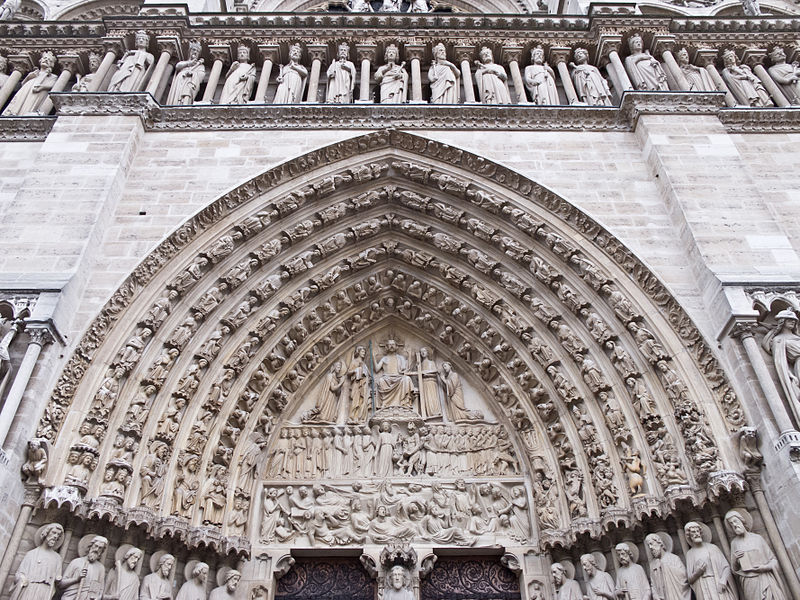The fire which broke out at the Notre-Dame in Paris and damaged the cathedral substantially is not the lone incident of disaster striking the building. In fact the close to 1000-year- old Gothic structure has survived quite a few accidents that have struck it.
Notre-Dame means ‘Our Mother’ and the building is the seat of archbishop of Paris. Construction of the building began in 1163 during the reign of King Louis VII and ended in 1345 after many modifications. This imposing building is considered one of the finest French Gothic architecture the world has ever seen. The innovative use of the rib vault, its enormous and colourful rose windows, and the naturalism and abundance of its sculptural decoration set it apart from the earlier Romanesque style
However, even when construction was under way, fire had struck the building in the 13th century. The exact dates are not known, but it prompted reconstruction between years 1230 and 1240.

During the French Revolution in 1793, the Notre-Dame again suffered major damages. The biblical statutes of the 28 kings were beheaded as the revolutionaries thought them to be statues of French Monarchs. However, after Napoleon Bonparte came to power he formally handed the cathedral back to the Church in April 1802.
The cathedral however, shot into prominence with Victor Hugo’s novel ‘Notre-Dame of Paris’ which was in published in 1831 as the ‘Hunchback of Notre Dame’ in English. It described the sad state of affairs of the structure and stated that unless restoration was done promptly, the cathedral would lose much of its sheen.
In 1844 King Louis Philippe ordered that the church be restored. The commission for the restoration order was won by two architects, Jean-Baptiste-Antoine Lassus and Eugène Viollet-le-Duc, who was then just 31 years old. The employed a huge number of sculptors, carpenters, glass workers and craftsmen who worked round the clock seeing old drawings restored to a great extent, the original decoration. During World War II, some of the glass structures were damaged, but they were minimal.
The cathedral which stands on a small island called ‘Île de la Cité’, in the heart of Seine contains artwork, relics, and other antiques which are stored at the cathedral include the supposed ‘Crown of Thorns’ which Jesus wore prior to his crucifixion and a piece of the cross on which he was crucified, a 13th-century organ, stained-glass windows, and bronze statues of the 12 apostles
There cathedral has been witness to many historical events within it. Among them were the crowning of Henry VI as the king of England in 1431 and it was also the place where Napoleon Bonaparte was sworn in as emperor in 1804.
The cathedral is the site where Joan of Arc was beatified by Pope Pius X in 1909. Centuries earlier, Joan of Arc had been burned at the stake while fighting for France against England. Also the ‘Liberation of Paris’ in 1944 was celebrated inside and outside the cathedral when a huge crowd gathered to sing the ‘Magnificat’.
French President Emmanuel Macron has vowed that the cathedral will be rebuilt while billionaire François-Henri Pinault has promised to donate 100 million euros for the cause.







































